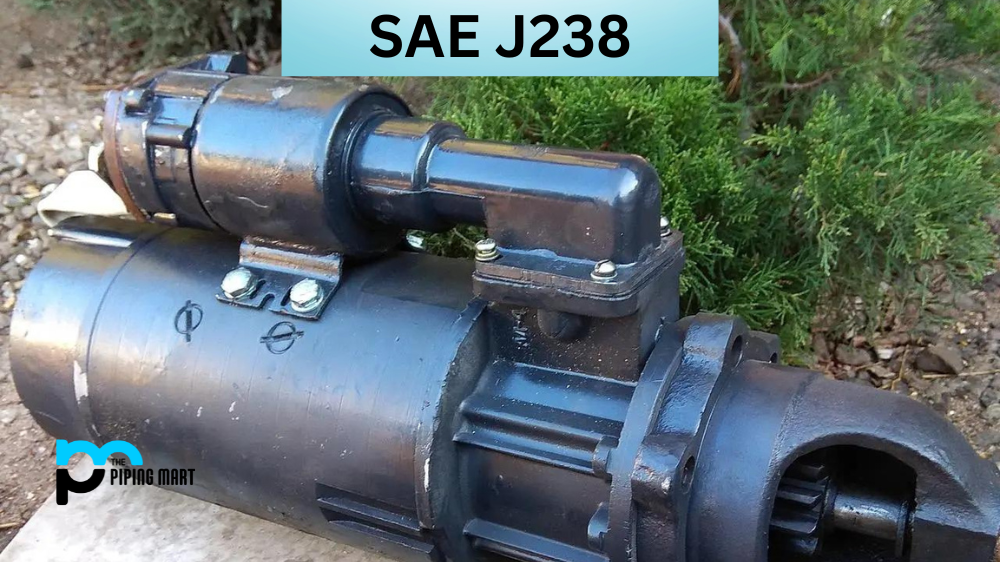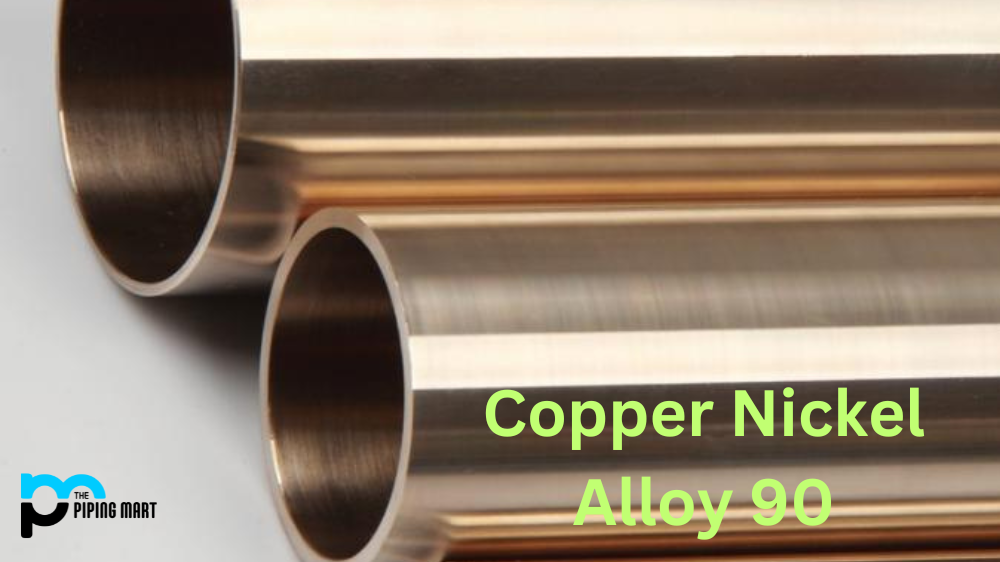You might have heard of SAE J238 if you’re working with metals. It’s a popular alloy metal widely used in various industries, such as automotive, aerospace, and defence. But what exactly is SAE J238, and what makes it a valuable material in these industries? In this blog post, we’ll dive deep into the composition, properties, and uses of SAE J238 to give you a better understanding of this metal alloy.
SAE J238 Composition
SAE J238 is a low-carbon nickel-chromium-molybdenum alloy known as Alloy 718. It comprises 52.5-55% nickel, 17-21% chromium, and 4.75-5.5% niobium. Other elements such as iron, titanium, aluminium, and cobalt are added in trace amounts to improve their mechanical and physical properties.
SAE J238 Mechanical Properties
SAE J238 has excellent mechanical properties, which make it suitable for high-stress applications. It has a yield strength of 120 ksi and a tensile strength of 160 ksi, making it one of the strongest alloys available. It also has good fatigue and creep resistance, which means it can withstand continuous use under high stress without degrading.
SAE J238 Physical Properties
In addition to its mechanical properties, SAE J238 has good physical properties, making it an ideal choice for extreme environments. It has a density of 8.19 g/cm3, which is relatively low compared to other metals, and a melting point of 1,312°C. It’s also non-magnetic, which makes it useful in applications where magnetic interference must be avoided.
SAE J238 Uses
With its excellent strength, durability, and corrosion resistance, SAE J238 is used in various industries. It’s used in engine components in the aerospace industry, such as turbine disks, blades, and housings. In the automotive industry, it’s used in exhaust systems, springs, and suspension components. It’s also used in oil and gas drilling equipment, nuclear reactors, and cryogenic storage tanks.
SAE J238 Corrosion Resistance
One of the main advantages of SAE J238 is its excellent corrosion resistance. It’s highly resistant to pitting, crevice, and intergranular corrosion, making it suitable for harsh environments. It’s also resistant to both oxidizing and reducing acids and saltwater corrosion.
SAE J238 Heat Treatment
SAE J238 can be heat treated to enhance its mechanical properties. The most common heat treatment is solution annealing, which involves heating the alloy to 1,040°C and cooling it rapidly. This process helps dissolve any precipitates that may have formed during manufacturing, improving its strength and toughness.
SAE J238 Machining
SAE J238 is a difficult material to machine due to its high strength and toughness. However, it can still be machined using the right tools and techniques. Carbide tools are recommended for cutting, and coolants should be used to prevent overheating and tool wear.
SAE J238 Welding
SAE J238 can be welded using various techniques, such as gas tungsten arc welding (GTAW), gas metal arc welding (GMAW), and electron beam welding (EBW). Pre-weld and post-weld heat treatments are often required to ensure proper microstructure and mechanical properties.
Conclusion
SAE J238 is a highly desirable alloy metal due to its excellent mechanical and physical properties. Its strength, durability, and corrosion resistance are ideal for high-stress and extreme environments. Industries such as aerospace, automotive, and defence rely on SAE J238 for critical components, such as engine parts, exhaust systems, and suspension components. Its heat treatment, machining, and welding properties make it versatile and easy to work with. Understanding the properties and uses of SAE J238 can help you decide which materials to use for your projects.
Sakshee is a talented blogger, with a particular focus on the Business and Metal Industry. She is passionate about sharing her insights on various metal products and helping professionals to make a better decisions.




